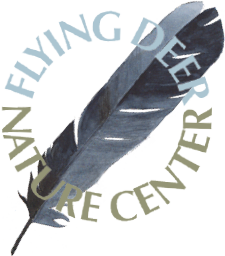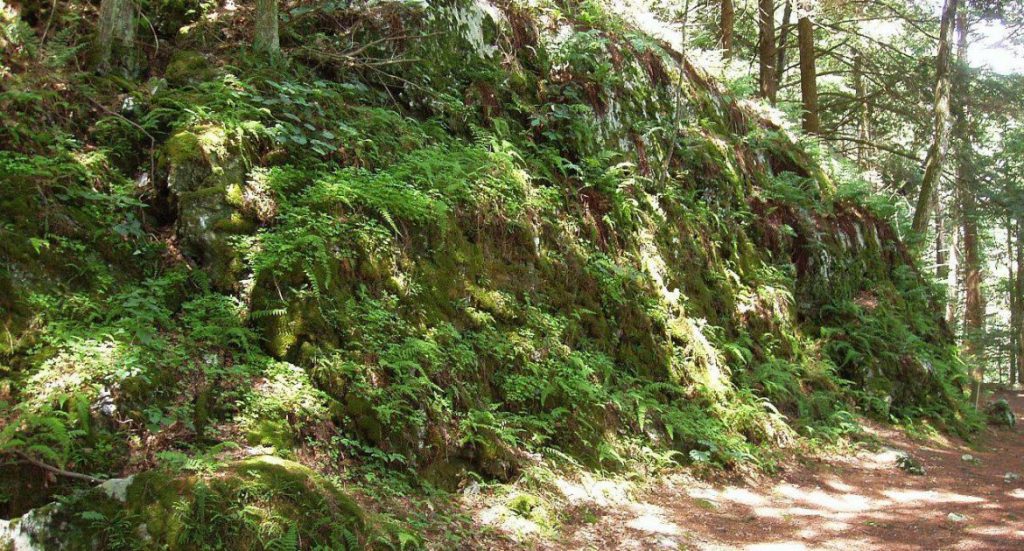On the first day of our Homeschool Program at Bartholomew’s Cobble, we journeyed across the vast field to our old campsite beneath a grove of towering White Pines, punctuating a beautiful field painted purple and yellow by the flowers of early fall, asters and goldenrods. Quite a few Queen Anne’s Lace seeds hitched a ride on our clothing as we cut through the field. The creek flowing by our campsite out of the cattail marsh was completely dry, to our surprise … more on that later.
After snack, the students heard a story about a group of people living off the land who were expert foragers, trackers, hunters, crafters, and escape artists. This story was inspired by a few accounts of the Apache Nation in the late 1800s and their legendary tales of living close to the land and disappearing into the vast wilderness when there was a need. We followed up this story with an exercise in scouting—a word we use to describe skills pertaining to blending into the forest and fields. The students dispersed out of camp to hide from the instructors. As we looked for them, they carefully used cover and quiet movement to return to camp unnoticed.
Why spend time sneaking through the forest? To engage the senses, and to engage the body! We have so much to gain from activating these parts of ourselves. One of the many things we will continue to do this semester is engage with the landscape and each other through this playful method—silent watchfulness, senses straining to take in subtle disturbances, heart-pounding moments of suspense and animation!
We split into two groups for a part of the day before lunch and offered two different skills: One group worked on foundational natural movement and awareness, while the other learned two valuable knots and began some simple carving projects. We rendezvoused for lunch, afterward heading to the large creek that drains into the Housatonic River. We were even more surprised to find THIS creek almost completely dry! What once offered us deep pools to wade and swim in was now reduced to several shallow pools and muddy stretches due to this summer’s drought. The upside was that we encountered many river otter tracks in the mud as well as raccoon. We gathered some great clay, painting faces and flinging globs of it at each other, and many students took to launching themselves high off the bank to try and clear the mud puddle below, over and over!
We hatched a final plan for the day: to hike the dry creek all the way to the Great Beaver Pond in the middle of the cattail marsh. It was an arduous journey, full of thorns and surprise tumbles into hidden holes in the ground. We found an abandoned beaver lodge along the way as well as many frogs, minnows, and crayfish. We balanced along the only highways in the marsh—beaver-felled trees and deer trails, triumphantly making our way back to dry land!
—Josh Wood, Lead Instructor; Emma Post; and Matt; September 23, 2016

